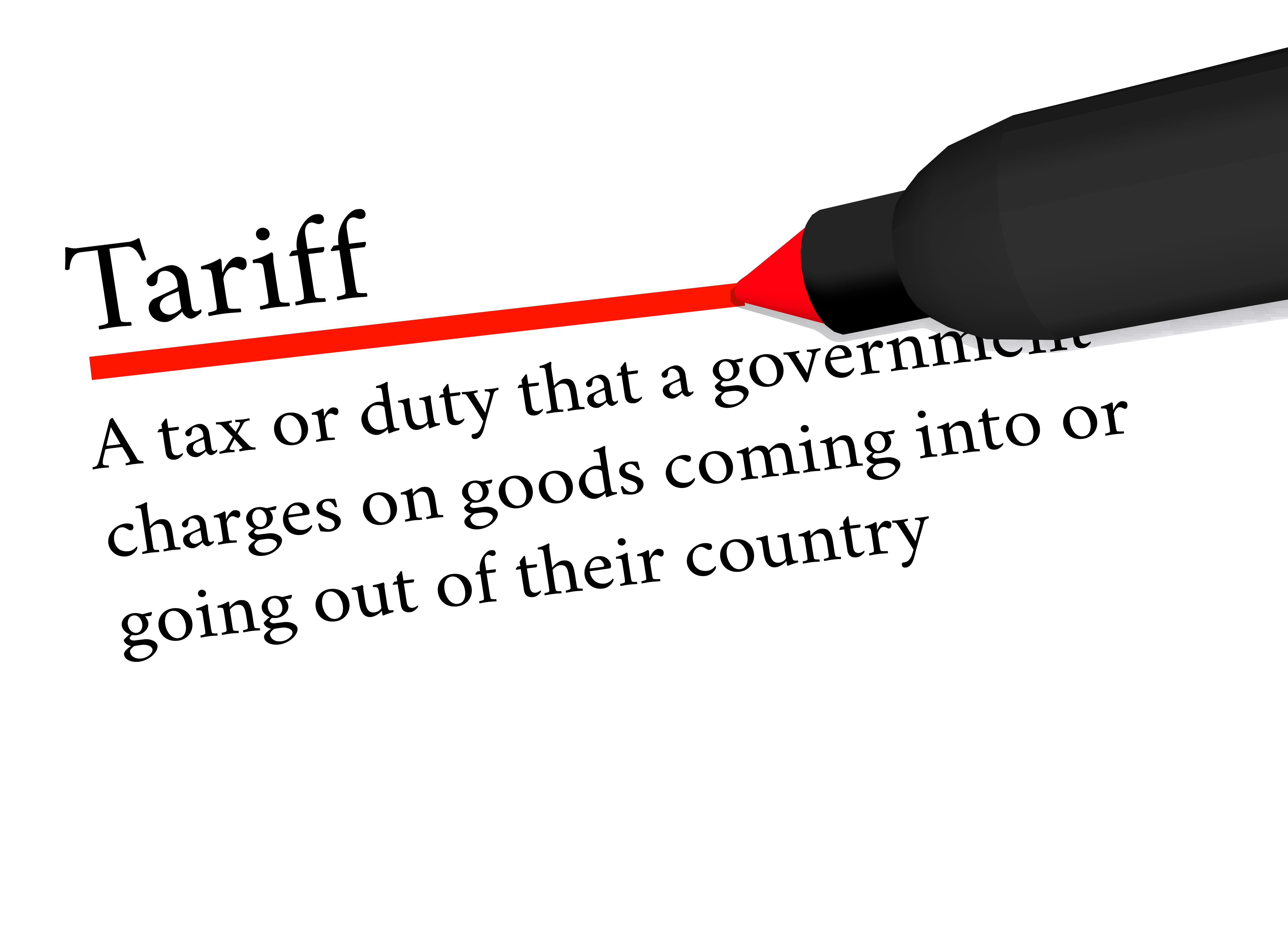The Benefits of Including Multi-Component Semiconductors in an Expanded Information Technology Agreement
Monday, Dec 08, 2014, 3:30pm
by Semiconductor Industry Association
Following a key breakthrough between China and the United States on the sidelines of the APEC Leaders meeting in Beijing in November, negotiators have returned to Geneva to resume, and hopefully conclude, an expanded Information Technology Agreement that extends duty-free coverage to approximately 200 new technology product lines.
Included on this list of new products are next generation semiconductors known as multicomponent semiconductors (MCOs). MCOs are the latest evolution in semiconductor technology driven by consumer demand for greater functionality, performance, and miniaturization. Simply put, an MCO is a single semiconductor device that performs complex or multiple functions previously done by two or more semiconductor devices, thanks to a variety of components integrated into a single unit.
Duty-free treatment for MCOs via ITA expansion has been a top priority for the global semiconductor industry for many years. Eliminating tariffs on MCOs will save the global semiconductor industry $150-300 million in tariffs annually, with this number only set to grow as global consumer demand for MCOs grows.

However, the benefits of MCOs and the ITA are far more extensive than just tariff savings for manufacturers of MCOs. An expanded ITA that includes MCOs will benefit nearly everyone: semiconductor designers, assembly and test operations, downstream electronics industries, service industries that rely on technology, developing countries, developed countries, customers of electronic goods, and society as a whole.
Below is an illustrative list of the many benefits of duty-free treatment of MCOs via ITA expansion. We hope that ITA parties embrace these and other benefits of ITA expansion, and limit product sensitivities so an ambitious result can be achieved when talks recommence next week in Geneva.
- Tariff Savings: MCOs currently face global tariffs ranging from 2.5-8% and as high as 25%. It is estimated that the inclusion of MCOs will save the global semiconductor industry $150-300 million in tariffs annually.
- Increase exports: Semiconductors are the largest information technology (IT) product category covered by the existing ITA, accounting for 33 percent of global exports of IT products in 2010. Semiconductor products also have the highest export growth rate of all ITA product categories, growing at 7.8% between 2005 and 2010. Expanding the ITA’s coverage to include new semiconductor products will only boost trade in semiconductors.
- Fuel Investments: The original ITA has helped fuel billions of dollars of foreign and domestic semiconductor design and manufacturing investments in countries around the world. These investments will undoubtedly be bolstered by an ITA expansion.
- Strengthen the semiconductor and ICT supply chain: As the semiconductor manufacturing chain advances and becomes more complex, costly, and global, specialized semiconductor devices like MCOs will never be sourced solely from a single country; they are complex products of innovation that are not confined to any one region. By reducing costs and promoting trade, tariff elimination for MCOs will strengthen the semiconductor manufacturing ecosystem and all the players in it, including semiconductor designers, manufacturers, assembly and test operations, downstream electronics industries, and customers.
- Promote the development of domestic semiconductor and/or electronics industries: Countries that eliminate tariffs on advanced semiconductors like MCOs strengthen their position in the global IT manufacturing ecosystem by ensuring their semiconductor industry is part of the global semiconductor/electronics supply chain, ensuring domestic products have access to foreign markets, enabling their electronics industry to use a growing and innovative type of semiconductor product, and ensuring their citizens’ access to the most innovative technologies in the global marketplace. By not joining ITA expansion, countries risk removing themselves from the global IT manufacturing ecosystem, thereby creating a disincentive for global firms to create a strong presence or invest in their country.
- Promote innovation: Including next generation semiconductors in ITA expansion would help eliminate uncertainty that arises as convergence in the ICT industry –the bringing of many technology functions into one product -continues to advance. ITA expansion would address the question of inclusion of “next generation” or “break-through” technologies, thereby helping to promote continued innovation in the ICT sector.
- Improve society: Improve society: MCOs are the key components that provide innovative solutions for society’s grand challenges in, for example, energy efficiency, mobility, safety & security and health; in addition, they enable many different consumer products and services. The benefits of ITA expansion include an increase in trade of ICT products and in the use of high tech products at global level, the improvement of consumers’ quality of life thanks to the availability of new innovative technologies, as well as a reduction in costs for consumers and the industry.